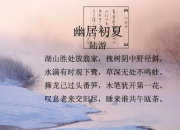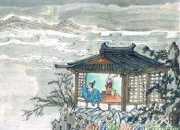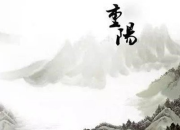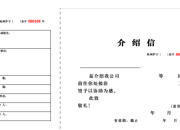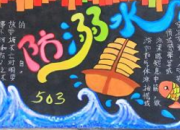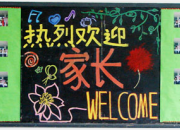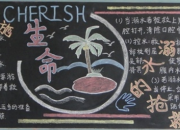灵隐寺英文导游词
时间:2021-08-31灵隐寺英文导游词
灵隐寺,又名云林寺,位于浙江省杭州市,背靠北高峰,面朝飞来峰,始建于东晋咸和元年(326年),占地面积约87000平方米。灵隐寺开山祖师为西印度僧人慧理和尚。小编为你整理了灵隐寺英文导游词,希望对你有所参考帮助。
一、Lingyin Temple
Situated at the food of Lingyin Mountain, aside from the West Lake, Lingyin Temple(Temple of Inspired Seclusion) is one of the ten most famous ancient Buddhist temples in China.
First built by an Indian monk Huili in 326AD during the Eastern Jin dynasty (317 - 420 AD), the temple was named Lingyin Temple (Temple of Inspired Seclusion) for its environment is very beautiful and serene and suitable for "gods rest in seclusion". In its prime, this temple, containing over 1300 rooms and 3000 monks, used to be a large monastery with a scale you just imagine. Due to war and calamity, the temple has experienced about 1700 years of repeated circles of prosperity and decline until its last restoration in the Qing dynasty (1644 - 1911).
On the compound’s central axle stand Hall of Heavenly Kings, Daxiongbaodian Hall (Precious Hall of the Great Hero), Pharmaceutical Master Hall and Great Mercy Hall.
二、Hall of Heavenly Kings
It is the first hall after entering the temple. A tablet inscribed with "cloud forest Buddhist temple", penned by Emperor Kangxi, who was inspired on one occasion by the sight of the temple in the mist and trees, was hung above the door, producing a sacred atmosphere here. More noticeable is a couplet hung on the door reading: Let us wait sitting on the threshold of the temple, for another peak may fly from afar. Smiles appear welcoming, for the brook is gradually warming up to the springtime. When tourists admire the couplet, they can’t help but grin.
Inside the hall is a statue of laughing Buddha who can "endure everything unendurable in the world and laugh at every laughable person in the world." Four heavenly kings stand on both sides of the Buddha and Weituo behind.
三、Daxiongbaodian Hall (Grand Hall)
Daxiongbaodian Hall (Grand Hall) is the main hall of Lingyin Temple. It is 7 rooms wide and 5 rooms deep, with one story, double layer eaves and pinnacle roof 33.6 meters in height, famed as one of China’s tallest one-story buildings. A statue of Sakyamuni, carved out of 24 pieces of camphor wood, stands 24.8 meters high in the hall. On the both sides of Sakyamuni stand 20 saints protecting justice and on the back wall sit his 12 disciples serving as guards. In front of the hall are two stone pagodas built
during the Northern Song dynasties (960 - 1279) with 9 stories and 8 surfaces and sculptured Buddhist stories on four walls.
Scattered outside and inside the temple are numerous relics left from ancient times, in which Pavilion of Cool Brook erected in the mid Tang dynasty, stone pagoda and stone storage for Buddhist scriptures built in the Five dynasties, Pavilion of Greens first built in the Southern Song dynasty, the pagoda of Huili erected in the Ming dynasty (1368 - 1644) are especially worthy of viewing.
The temple also houses various Buddhist literature and treasures including the scriptures written on pattra leaves, the Diamond Sutra copied by Dong Qichang in the Ming dynasty, a wood cut edition published in the Qing dynasty.
【灵隐寺英文导游词】相关文章:
1.灵隐寺精选导游词
3.灵隐寺介绍导游词
4.灵隐寺景区导游词
5.灵隐寺导游词范文




